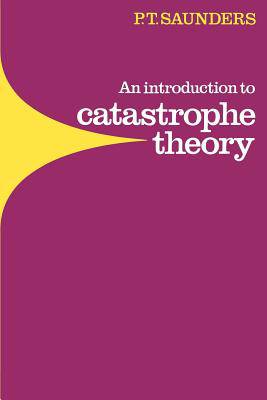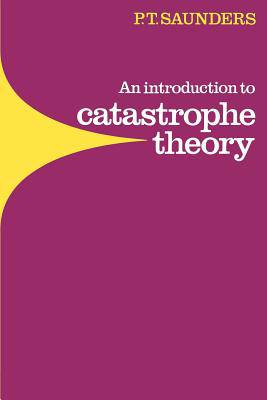
- Afhalen na 1 uur in een winkel met voorraad
- Gratis thuislevering in België vanaf € 30
- Ruim aanbod met 7 miljoen producten
- Afhalen na 1 uur in een winkel met voorraad
- Gratis thuislevering in België vanaf € 30
- Ruim aanbod met 7 miljoen producten
Zoeken
€ 95,45
+ 190 punten
Uitvoering
Omschrijving
Almost every scientist has heard of catastrophe theory and knows that there has been a considerable amount of controversy surrounding it. Yet comparatively few know anything more about it than they may have read in an article written for the general public. The aim of this book is to make it possible for anyone with a comparatively modest background in mathematics - no more than is usually included in a first year university course for students not specialising in the subject - to understand the theory well enough to follow the arguments in papers in which it is used and, if the occasion arises, to use it. Over half the book is devoted to applications, partly because it is not possible yet for the mathematician applying catastrophe theory to separate the analysis from the original problem. Most of these examples are drawn from the biological sciences, partly because they are more easily understandable and partly because they give a better illustration of the distinctive nature of catastrophe theory. This controversial and intriguing book will find applications as a text and guide to theoretical biologists, and scientists generally who wish to learn more of a novel theory.
Specificaties
Betrokkenen
- Auteur(s):
- Uitgeverij:
Inhoud
- Aantal bladzijden:
- 160
- Taal:
- Engels
Eigenschappen
- Productcode (EAN):
- 9780521297820
- Verschijningsdatum:
- 30/06/1980
- Uitvoering:
- Paperback
- Formaat:
- Trade paperback (VS)
- Afmetingen:
- 152 mm x 226 mm
- Gewicht:
- 217 g

Alleen bij Standaard Boekhandel
+ 190 punten op je klantenkaart van Standaard Boekhandel
Beoordelingen
We publiceren alleen reviews die voldoen aan de voorwaarden voor reviews. Bekijk onze voorwaarden voor reviews.











